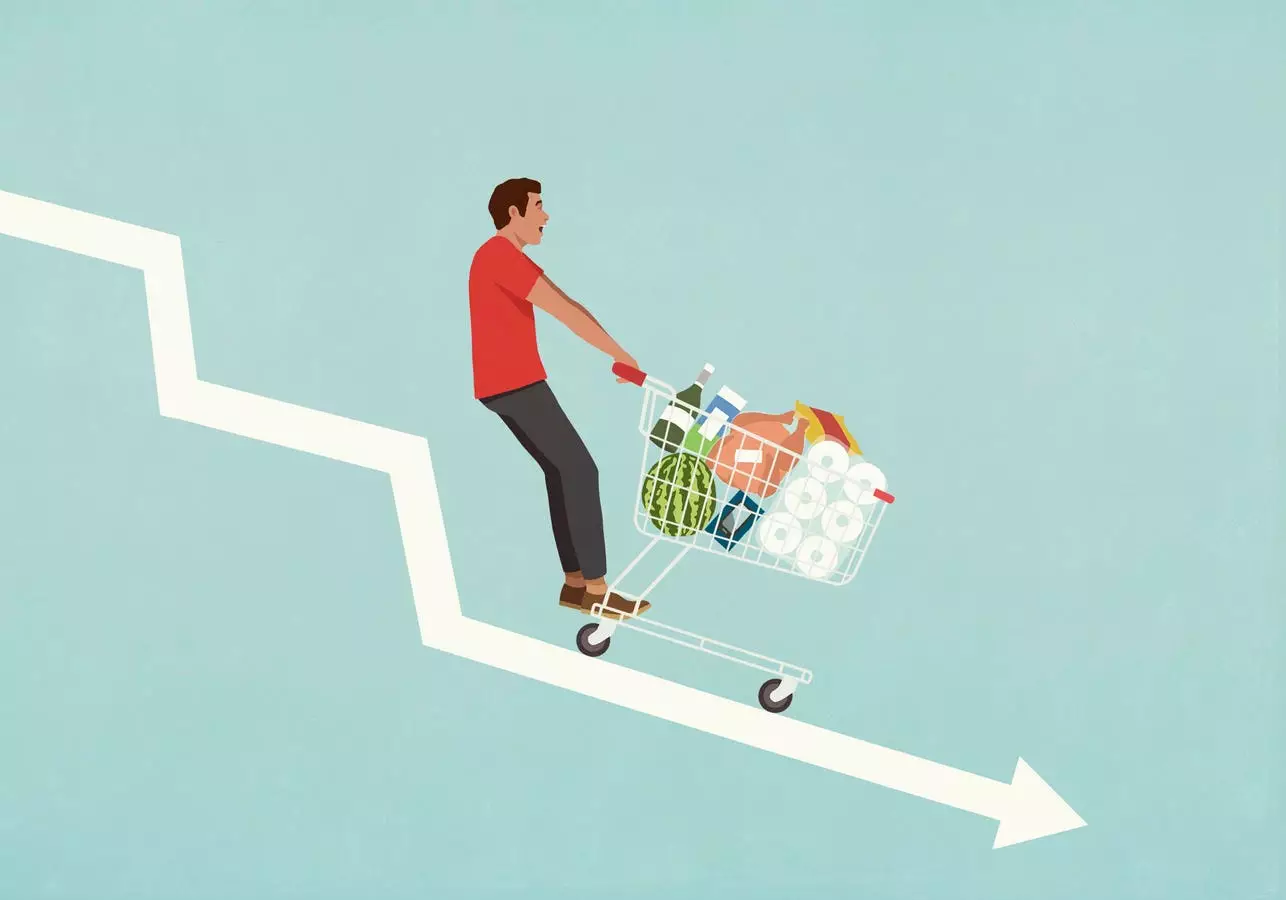In a world filled with ever-increasing prices and inflation, the food and beverage industry is facing new challenges. Companies are trying to navigate the waters of dynamic pricing, market share battles, and private label wars in an attempt to attract consumers and retain their competitive edge. However, the path forward is not clear, and the consequences of missteps could be severe.
When Wendy’s CEO Kirk Tanner mentioned the possibility of dynamic pricing, it sent shockwaves through the industry. Dynamic pricing, akin to surge pricing seen in ride-sharing services like Uber, raised concerns about potential price hikes during peak demand. However, Tanner clarified that Wendy’s is exploring AI-driven digital menus to offer discounts during slower times, potentially lowering prices overall. This move reflects a broader trend in the industry, with many companies focusing on market share rather than just profit margins.
Market Share vs. Profit Margin
In the wake of widespread food and beverage inflation, companies are reevaluating their strategies. Shifts towards lower prices, discounts, and private label offerings are becoming more prevalent as businesses vie for consumer attention and loyalty. Retail giants like Target and Walmart are slashing prices on thousands of items, while private label products are becoming key players in price wars. By prioritizing market share over profit margin, companies are hoping to stay relevant in an increasingly competitive landscape.
Consumer behavior is being heavily influenced by rising food prices and inflation. With small cuts to purchasing power becoming more apparent, shoppers are actively seeking out deals and discounts to control costs. The Food Industry Association reports that a significant majority of consumers look for promotions and deals when making purchasing decisions, indicating a heightened emphasis on value for money. As food prices continue to rise, companies must adapt and respond to changing consumer preferences to remain competitive.
As the effects of inflation linger, companies must adjust their pricing strategies to stay afloat. Innovative approaches like dynamic pricing, private label offerings, and digital menus are reshaping the industry landscape. However, concerns about potential price gouging and consumer exploitation remain prevalent, prompting lawmakers to consider regulatory measures. The future of food and beverage pricing hinges on a delicate balance between attracting consumers and maintaining profitability in a challenging economic environment.
The food and beverage industry is undergoing a period of intense transformation as companies grapple with food inflation and shifting consumer preferences. Dynamic pricing, market share battles, and private label wars are just a few of the strategies being employed to navigate these challenges. As the industry evolves, companies must remain vigilant and adaptable to succeed in a competitive marketplace. The future of pricing strategies in the food and beverage sector is uncertain, but one thing is clear – smart companies will need to price their products carefully to thrive in the face of ongoing inflation and market pressures.

